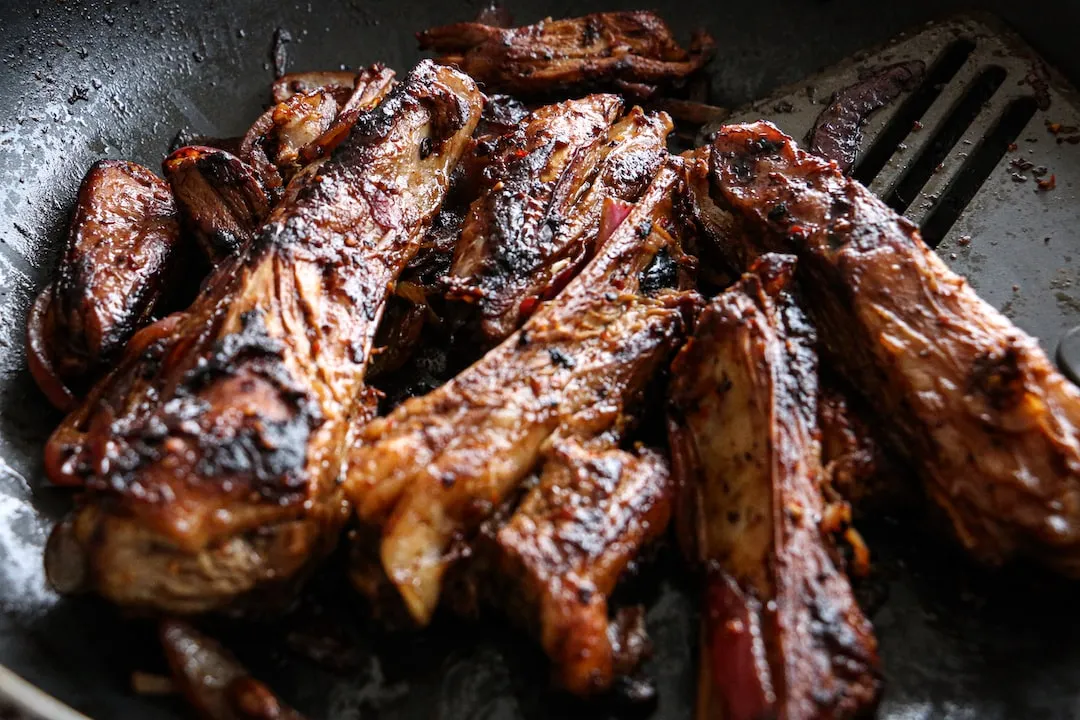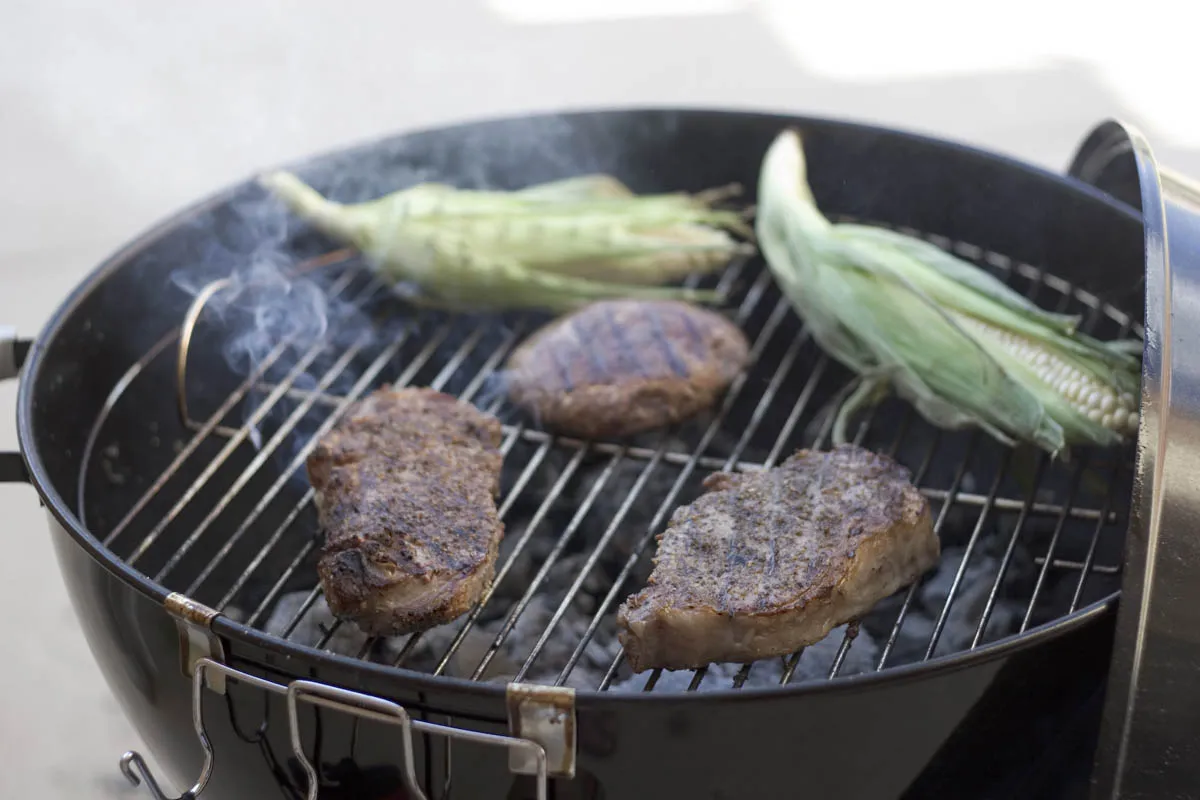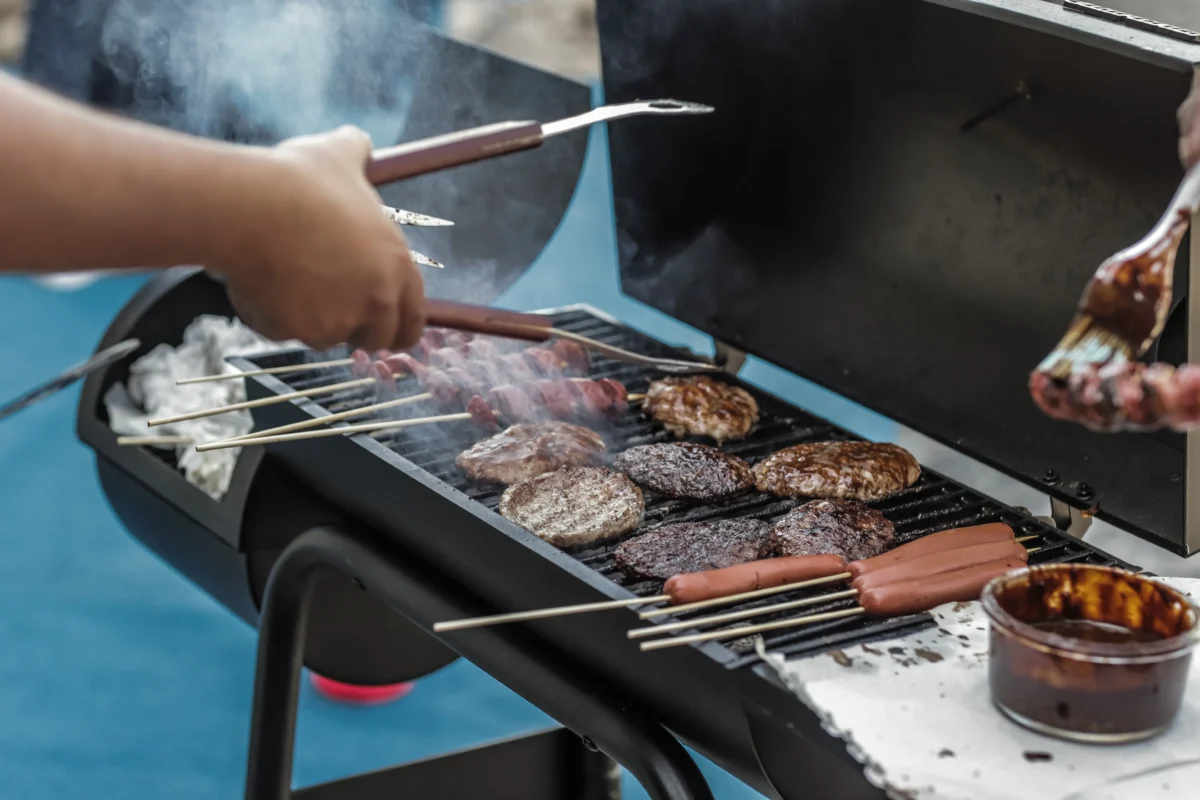The Beginner’s Guide to Brisket: Understanding Cuts and Cooking Techniques
So, you’re new to grilling and want to know everything about brisket? You’ve come to the right place! Understanding the anatomy of a cow and the location of the brisket cut are just the beginning. The characteristics of brisket meat, how to choose and prepare it for grilling, and its role in popular barbecue dishes are all crucial elements. As the guy next door who’s an amazing expert griller, I’m excited to share all my knowledge with you. So, let’s dive in and discover what makes brisket so special and delicious! Keep reading to learn more.

Understanding the anatomy of cows
Ah, the brisket – one of the most prized cuts of beef for grilling enthusiasts. But do you really understand the anatomy of a cow and where this flavorful cut comes from?
Let’s start with some basic bovine biology. The brisket is actually located on the lower chest area of a cow, between its front legs. This area is composed primarily of muscle tissue and connective tissues such as tendons and ligaments.
To get that perfect brisket for your next barbecue, it’s important to understand how these muscles work together to produce different textures and flavors. For example, there are two main muscles in the brisket: The point muscle (also known as deckle) which contains more fat than other parts; while flat muscle or first cut has less fat content.
Additionally, there are many factors that can affect how your brisket turns out – from cooking temperature to seasoning techniques. Knowing how each part works will help you make better choices when preparing this delicious meat.
So whether you’re new to grilling or an experienced pro looking to take your skills up a notch, understanding the anatomy of a cow can give you valuable insight into making mouth-watering BBQ dishes like never before!
The location and importance of the brisket cut
When it comes to grilling and barbecuing, the brisket cut is a true gem that every enthusiast should know about. Located on the lower chest of the cow, this cut has become a staple in many cultures around the world.
One of the reasons why brisket is so important in grilling and BBQ culture can be traced back to its unique composition. Brisket contains two distinct muscles – one leaner than the other – which require different cooking methods to produce tender meat with maximum flavor.
It’s no surprise then that mastering brisket takes time, patience, and skill. But once you get it right, there’s nothing quite like biting into a juicy slice of perfectly cooked beef that melts in your mouth.
While cooking up some delicious brisket requires some planning ahead (it can take up to 12 hours or more), this cut offers an amazing payoff for those willing to put in the effort. It’s perfect for feeding large groups at backyard BBQs or impressing dinner guests with your culinary skills.
So if you’re new to grilling and want to take your skills up a notch, don’t overlook this tasty cut! With some practice and guidance from experienced grillers nearby (like myself), you’ll soon be able cook up mouth-watering slices of beef using just firewood or charcoal as fuel!
The characteristics of brisket meat
If you’re new to grilling and barbecues, understanding the characteristics of brisket meat is essential. Brisket comes from the lower chest of a cow and is known for its tough texture due to the constant use of this muscle by the animal.
But don’t let that scare you away from trying it out! With proper preparation and cooking techniques, brisket can be one of the most flavorful cuts on your grill.
When selecting a brisket, look for marbling – thin ribbons of fat throughout the meat that will melt during cooking, creating juicy tenderness. A good rule-of-thumb is to choose a cut with at least ¼ inch thickness in marbling.
Once you have your brisket ready for cooking, remember low-and-slow is key. Cooking at low temperatures (around 225°F) over several hours allows time for connective tissues in this tough cut to break down into tender deliciousness.
To achieve optimal results while smoking or slow roasting your beefy goodness on an open flame or charcoal grill make sure not to rush it; patience makes perfect when it comes down preparing such delicate dishes like beef barbecue styles done right!. Try wrapping tightly in foil or butcher paper halfway through cook time as well – This helps lock in moisture making sure every bite melts perfectly without losing any flavor!
Overall, mastering briskets takes practice but once mastered; The reward will be worth all those long hours spent honing those skills! Happy grilling my friend!
How to choose and prepare a brisket for grilling?
When it comes to grilling, the brisket is one of the most delicious and satisfying cuts of meat you can prepare. However, for those who are new to barbecuing, choosing and preparing a brisket can be a daunting task.
Firstly, it’s important to understand what part of the cow is brisket. The brisket comes from the lower chest area of beef cattle and consists of two parts: the flat cut and point cut. The flat cut is leaner while the point cut has more marbling which makes it juicier with more flavor.

« how long does ground beef last in the fridge
lean vs moist brisket »
To choose a good quality brisket for grilling, look for well-marbled meat that has an even thickness throughout. It should also have minimal trimming done as this means less wastage but ensure any excess fat or silver skin on top should be trimmed off before cooking.
Preparation starts by seasoning your meat with rubs or marinades at least 1 hour prior to cooking time so that flavours are absorbed into every inch possible during smoking/grilling process.
For low-and-slow smokers using indirect heat method at 225°F-250°F temperature range will bring out best taste & tenderness in your Briskets over long hours (8 -12 hours). For direct heat grillers searing each side until browned then transferring over indirect heat zone maintaining similar temperature range will provide great results too!
In conclusion – A little bit patience in selecting right Briskets & Preparing ahead with appropriate seasonings/marinades , accompanied by slow-cooking/smoking methods brings out ultimate flavours in BBQ culture’s favourite dish -“Briskets” .
The role of brisket in popular barbeque dishes
When it comes to popular barbecue dishes, brisket is often the star of the show. But what exactly is brisket and why does it play such an important role in grilling and smoking?
Brisket comes from the lower chest area of a cow, specifically from the breastbone down to the first few ribs. It’s a tough cut of meat that requires slow cooking at low temperatures for several hours in order to break down its connective tissues and become tender.
But why is brisket so beloved by grillers? For one, its high fat content makes it incredibly flavorful when cooked properly. Additionally, because it’s a tougher cut of meat, brisket requires more attention and skill to cook well – making it all the more satisfying when done right.
There are many different ways to prepare brisket for barbecuing or smoking – some prefer dry rubs while others opt for marinades or injections. And while there may be endless variations on how to cook this cut of beef, one thing remains constant: when done correctly, brisket can be melt-in-your-mouth delicious.
So next time you’re firing up your grill or smoker with friends new to grilling and barbecues alike don’t forget about incorporating some mouth-watering slices of slow-cooked beef briske into your menu – they’ll thank you later!
Conclusion
Now that you know the anatomy of a cow and how to properly choose, prepare, and cook a brisket for grilling, it’s time to get out there and put your newfound knowledge into action! Brisket is an incredibly versatile cut of meat so feel free to experiment with different marinades and rubs. Get creative in the kitchen or try something traditional; whatever you decide be sure to enjoy every bite!












